- In Q1 2024, EV sales growth slowed to 2.6% in the U.S., according to Kelley Blue Book.
- The U.S. Energy Information Administration said BEV sales fell in Q1 2024 to 7.0% from 8.1% of the total light-duty vehicle market in Q4 2023.
- Hybrid vehicles, plug-in hybrid electric vehicles, and BEVs comprised 18.0% of total new LDV sales in the U.S. in the first quarter of 2024.
Gas-electric hybrid car sales are booming in America in 2024, helping Ford and GM, while hurting Tesla. There are several reasons for this.
ADVERTISEMENT
Sales Growth Slowdown, Strong Hybrid Sales
EV sales growth in the first quarter of 2024 has slowed to 2.6 % in the U.S., according to Kelley Blue Book. EV sales in the first quarter of 2023 had outgrown 2022’s by an amazing 46.4%. The cause for the growth slowdown is multiple barriers in the EV industry, including a lack of charging and high EV model prices, as the two most significant barriers.
The U.S. Energy Information Administration (EIA) said, “The share of electric and hybrid vehicle sales in the United States decreased in the first quarter of 2024 as battery electric vehicle (BEV) sales declined. Hybrid vehicles, plug-in hybrid electric vehicles, and BEVs fell to 18.0% of total new light-duty vehicle (LDV) sales in the United States in the first quarter of 2024 (1Q24) from 18.8% in 4Q23, according to estimates from Wards Intelligence. This slight decline in market share was driven primarily by BEV sales, which fell from 8.1% of the total LDV market in 4Q23 to 7.0% in 1Q24.”
Preference for Hybrid Cars Over BEVs, Tesla Struggling
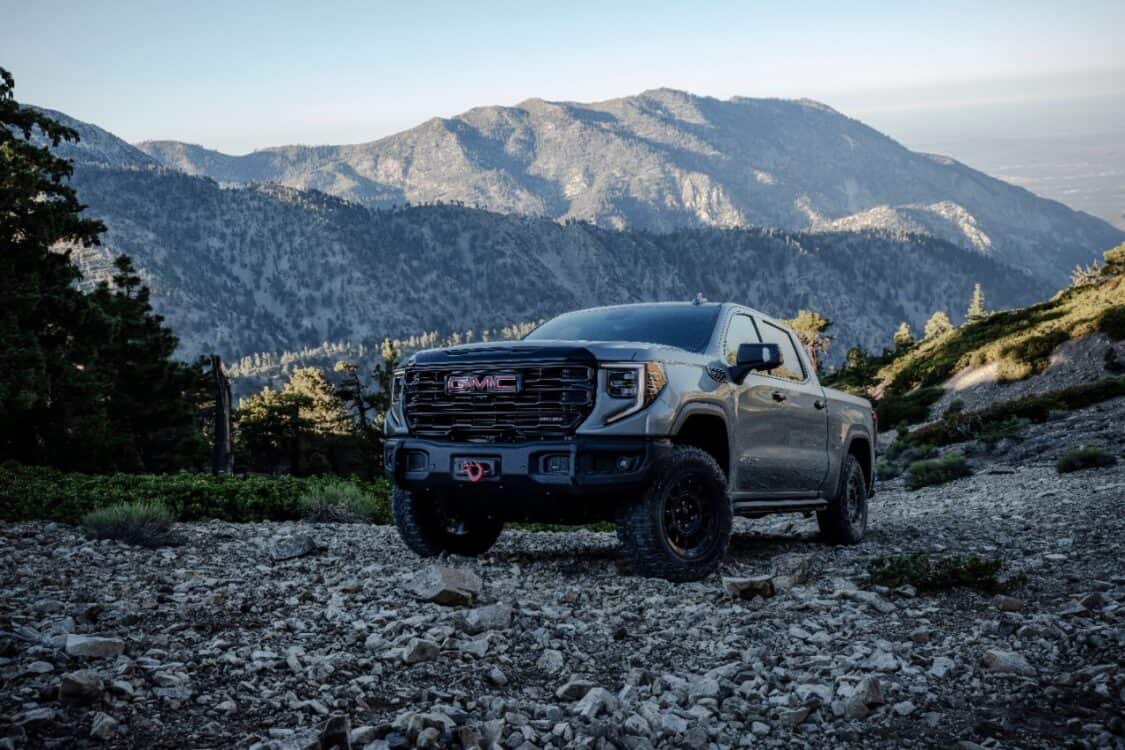
Over the last few years, many EV producers overshot the demand for battery electric vehicles. Some examples are Ford and GM, which are now moving to hybrids, while cutting back BEV plans. In April, Ford expanded its popular hybrid offerings, while GM said it will begin offering plug-in hybrids.
While Ford and GM delay BEV plans, Tesla continues to struggle. In April, Tesla reported a 9% drop in revenue and a $1.4 billion drop in profits. All of this is happening because drivers are moving more toward hybrids and holding off more on BEVs as they transition away from internal combustion engine (ICE) vehicles.
ADVERTISEMENT
Why Are BEV Sales Decreasing?
BEV sales are decreasing in the U.S. primarily for two reasons: high vehicle prices and a lack of charging.
A Distressing Lack of Charging
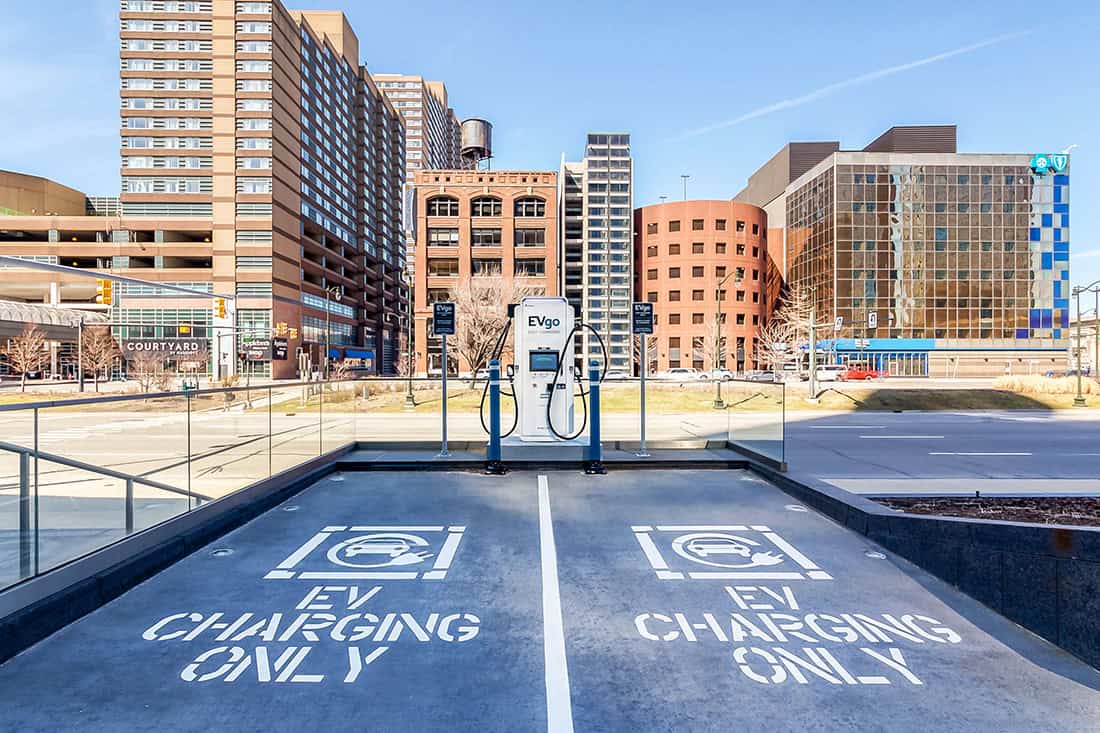
Drivers are hesitant to make the move to full electric BEV, especially those who are not single-family homeowners. Charging at home is the most convenient and cost effective way to charge.
In the U.S., single-family homes are the majority of housing units (about two thirds of homes are single-family houses), so these people can more easily charge at home. But that still means one third of Americans do not have easy access to home charging. Only a tiny fraction of multifamily dwellers can charge at home currently, and therefore they depend on public charging.
Tesla Slowing Down Charging
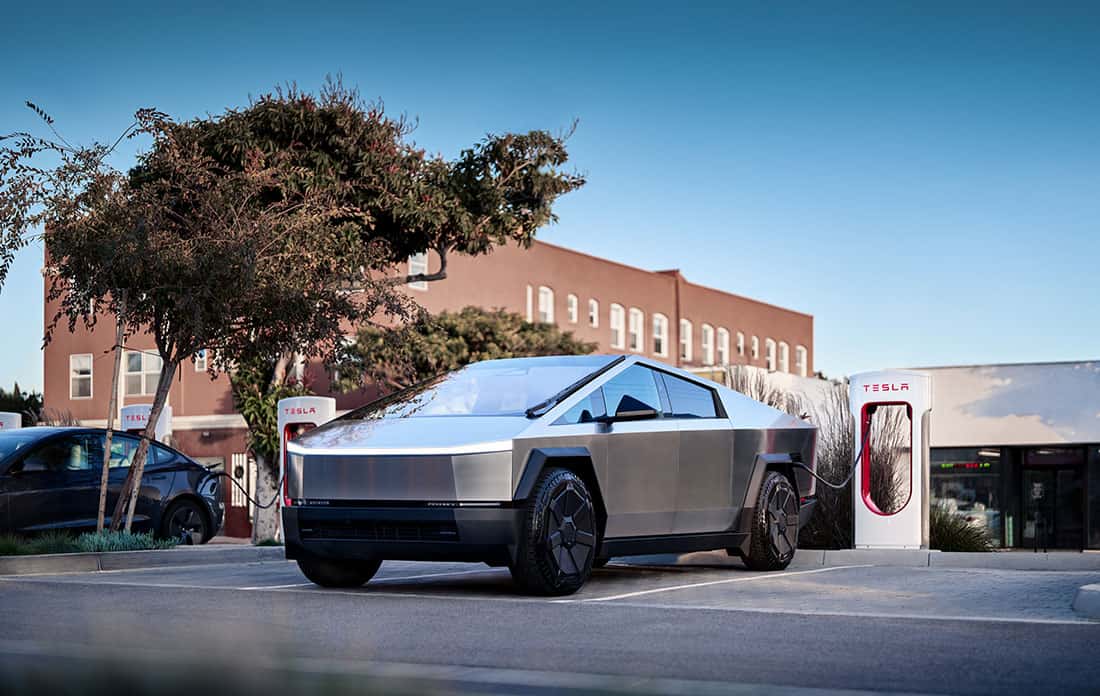
Tesla made an incredibly shocking move in April when it laid off its entire Supercharger team and said it was slowing down on public charging. This left automotive experts wondering “What were they thinking,” as public charging is an undeniably crucial cornerstone to allowing Tesla to sell more BEVs.
Other companies such as big oil giant BP and other large EV charging companies like EVgo are moving in quickly to pick up the slack. Stable Auto reported that L3 (DCFC) charging is profitable in 2024, as utilization increases.
“There’s a widespread belief in the industry that fast charging is not a profitable business,” Rohan Puri, CEO of Stable Auto said. “But what we’re seeing is for many stations that no longer holds true.”
ADVERTISEMENT
High EV Prices
Tesla said in April that the company plans to start production of new affordable models in early 2025 if not late this year. This would do wonders for both Tesla and EV adoption, which are undeniably strongly linked. We hope for Tesla’s future profitability, and for EV adoption, that Tesla releases the affordable models soon.
Tesla’s prices started high with its Roadster in 2008 and worked down from there. Its Model Y was the best-selling car in the world in 2023, the historic first time an EV has won this distinction. However, Tesla’s prices remain high, preventing a huge segment of buyers from owning an EV, unless they go the used route. Used EVs are priced lower than ever before in 2024.
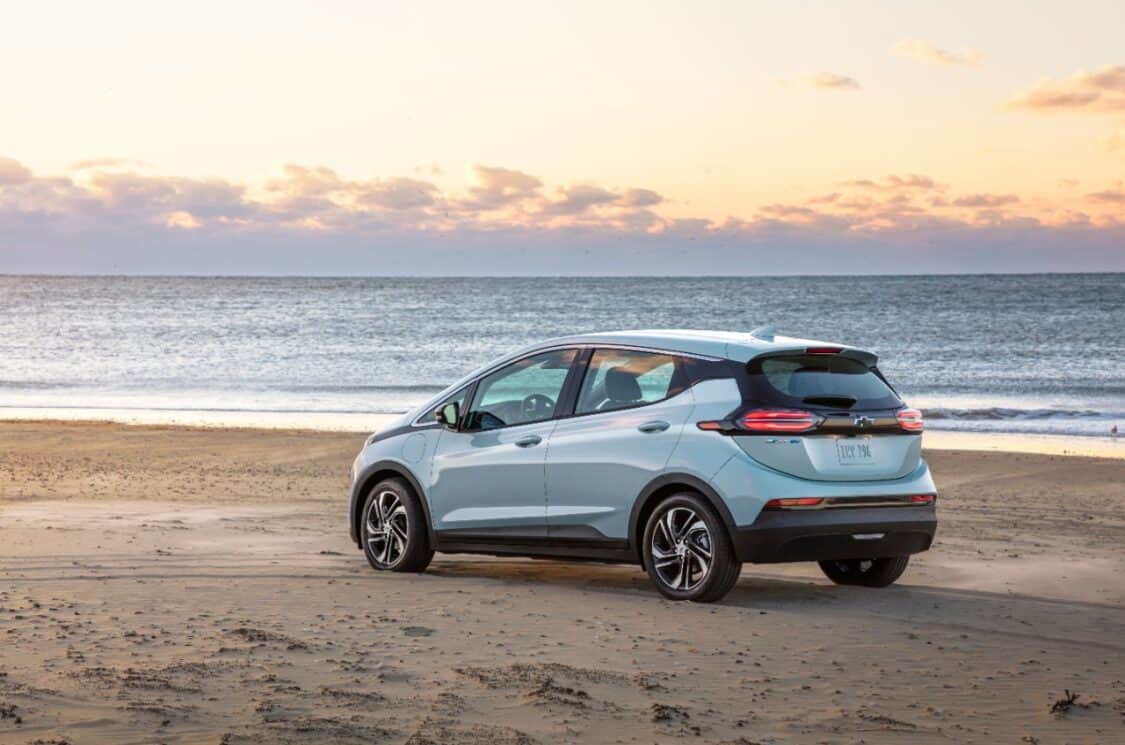
The Chevy Bolt was a low-priced BEV contender in 2023; however, GM decided to shelve it for 2024. GM plans to release a revamped Bolt in 2025. The Bolt was generally well-liked and sold well, but its slow charging caused its demise. We hope Chevy offers a faster charge in the future Bolts.
The Chevy Equinox EV may be GM’s comeback in the EV industry and is now available. GM said the base trim Equinox EV LT has a starting MSRP of $34,995 and will be available for ordering later this year.
ADVERTISEMENT
Ford said in March it plans an affordable small SUV and truck, pivoting from large EVs to smaller, low-cost ones. Ford’s goal is a sticker price of $25,000 or less, responding to the threat of low-priced Chinese EVs. Ford CEO Jim Farley said that failure to compete on cost could create a loss of up to 30% of revenue for companies unable to compete globally.
PHEVs Are Better Than HEVs, But Don’t Forget to Plug In
If you are considering a hybrid, then buy or lease a PHEV (plug-in hybrid electric vehicle) rather than a hybrid electric vehicle (HEV). PHEVs are more cost-effective, as electricity is cheaper than gasoline.
PHEVs are also more eco-friendly than HEVs. If you drive a PHEV, don’t forget to plug in. The environment and your pocketbook will thank you.
Why Do We Still Need Hybrid Cars in 2024?
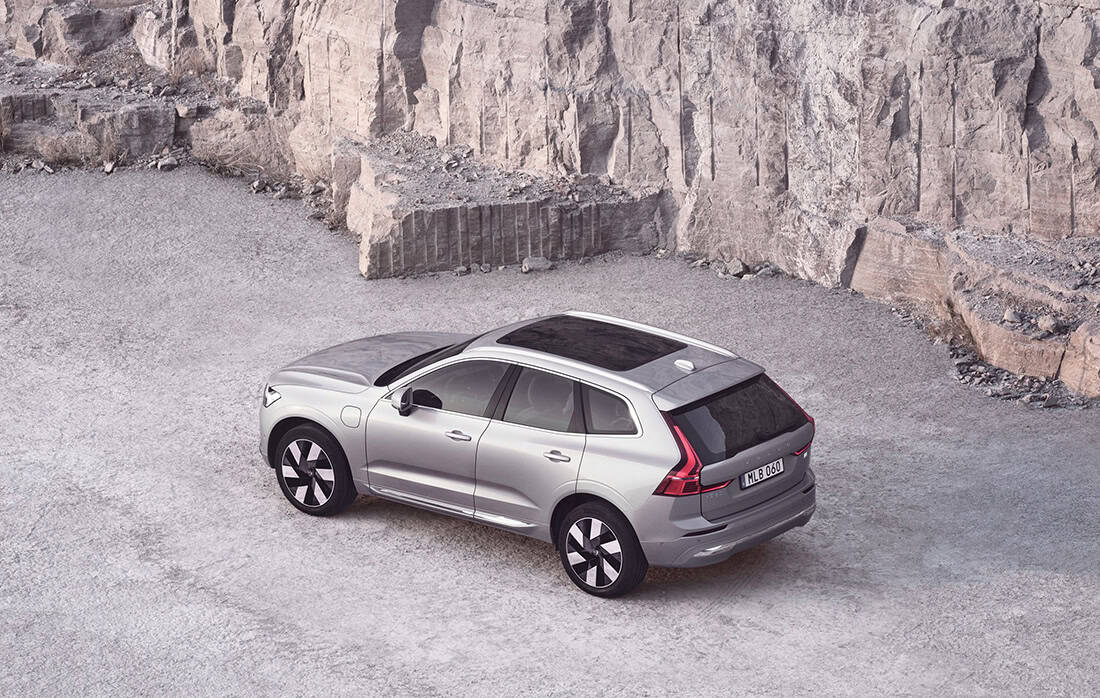
Basically, hybrids are growing in popularity in America because of the lack of charging and high EV prices. What’s the future of hybrid cars? Eventually, all hybrids and ICE vehicles will go away as the world transitions to BEV.
However, right now, hybrids are needed as a bridge to full BEV adoption. Are hybrid cars worth it? For now, yes.
ADVERTISEMENT

FEATURE IMAGE: CHEVROLET
FTC: We use income-earning auto affiliate links. Learn more.


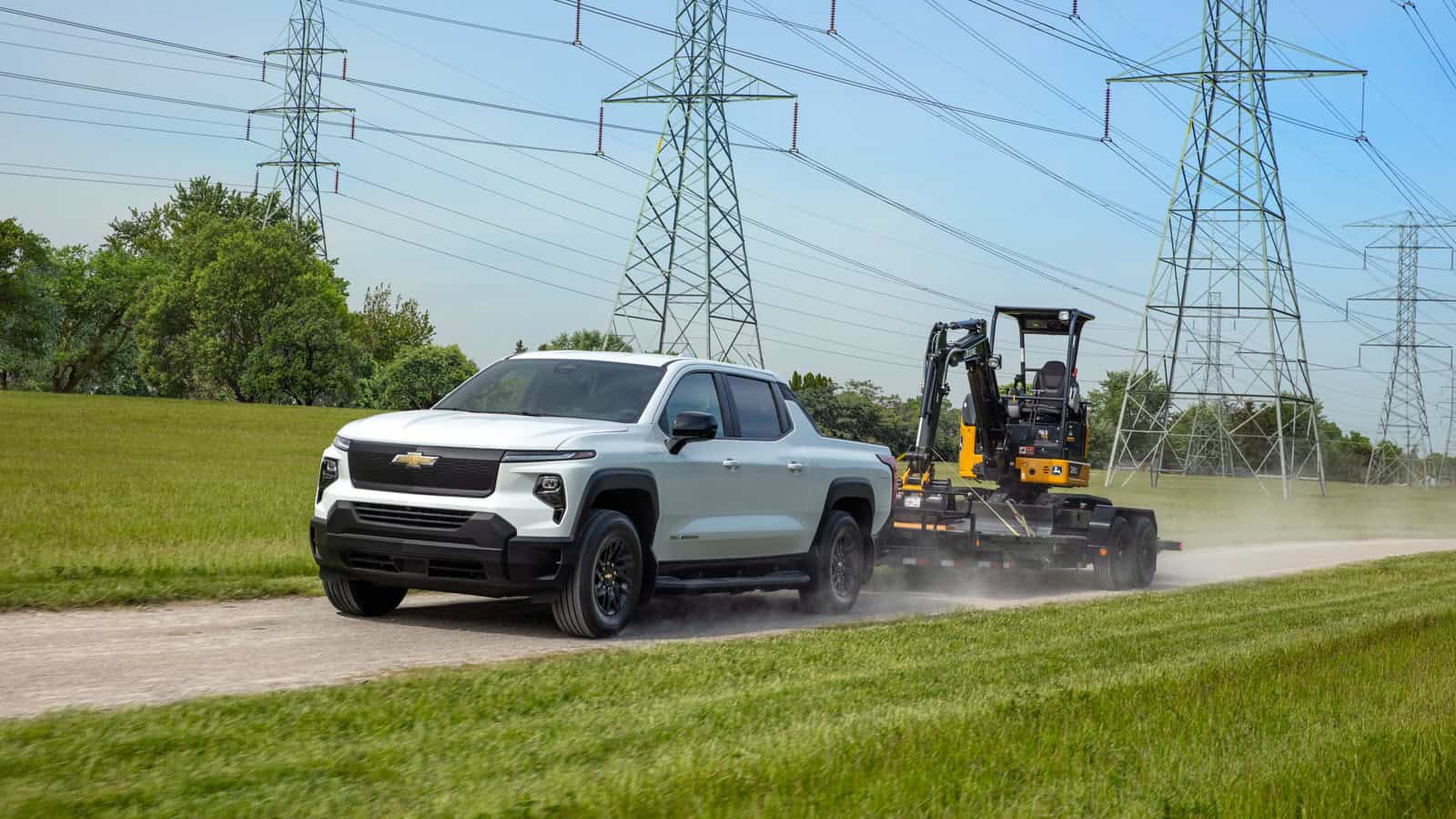



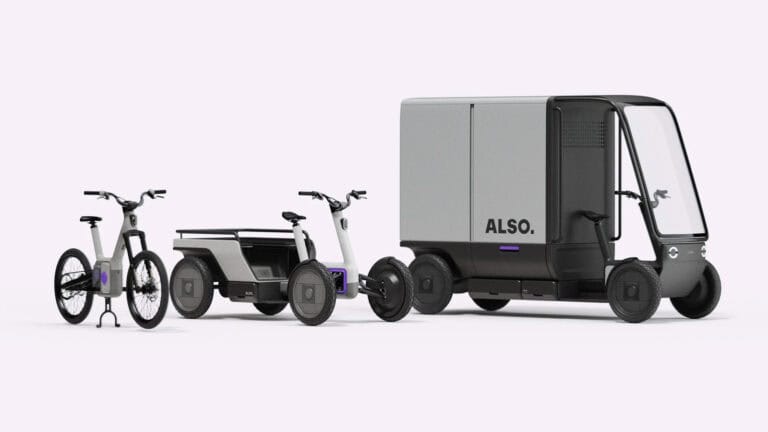
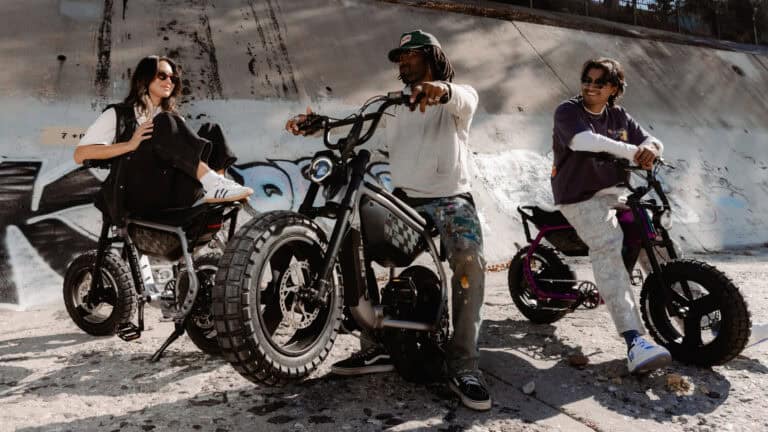

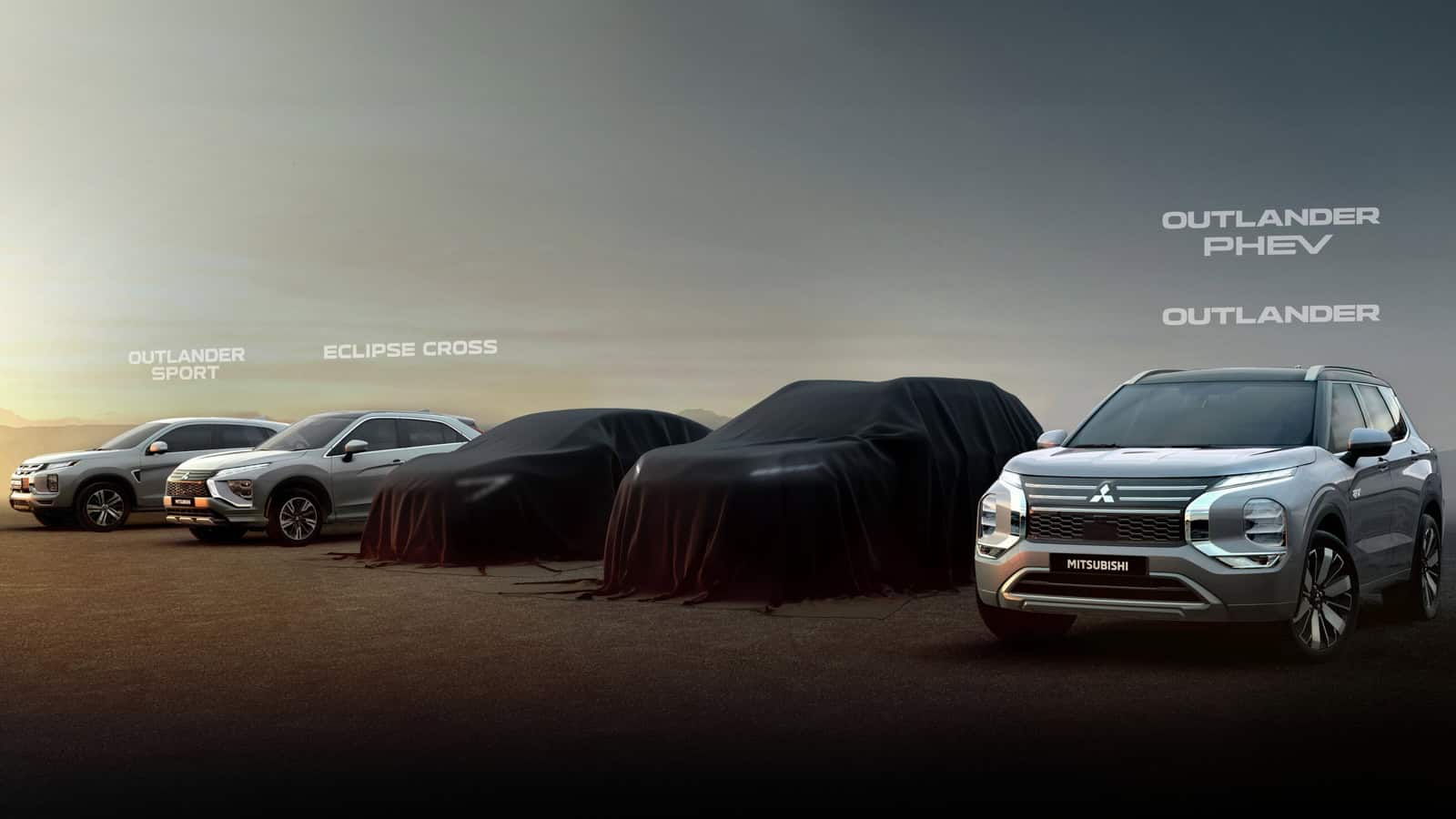
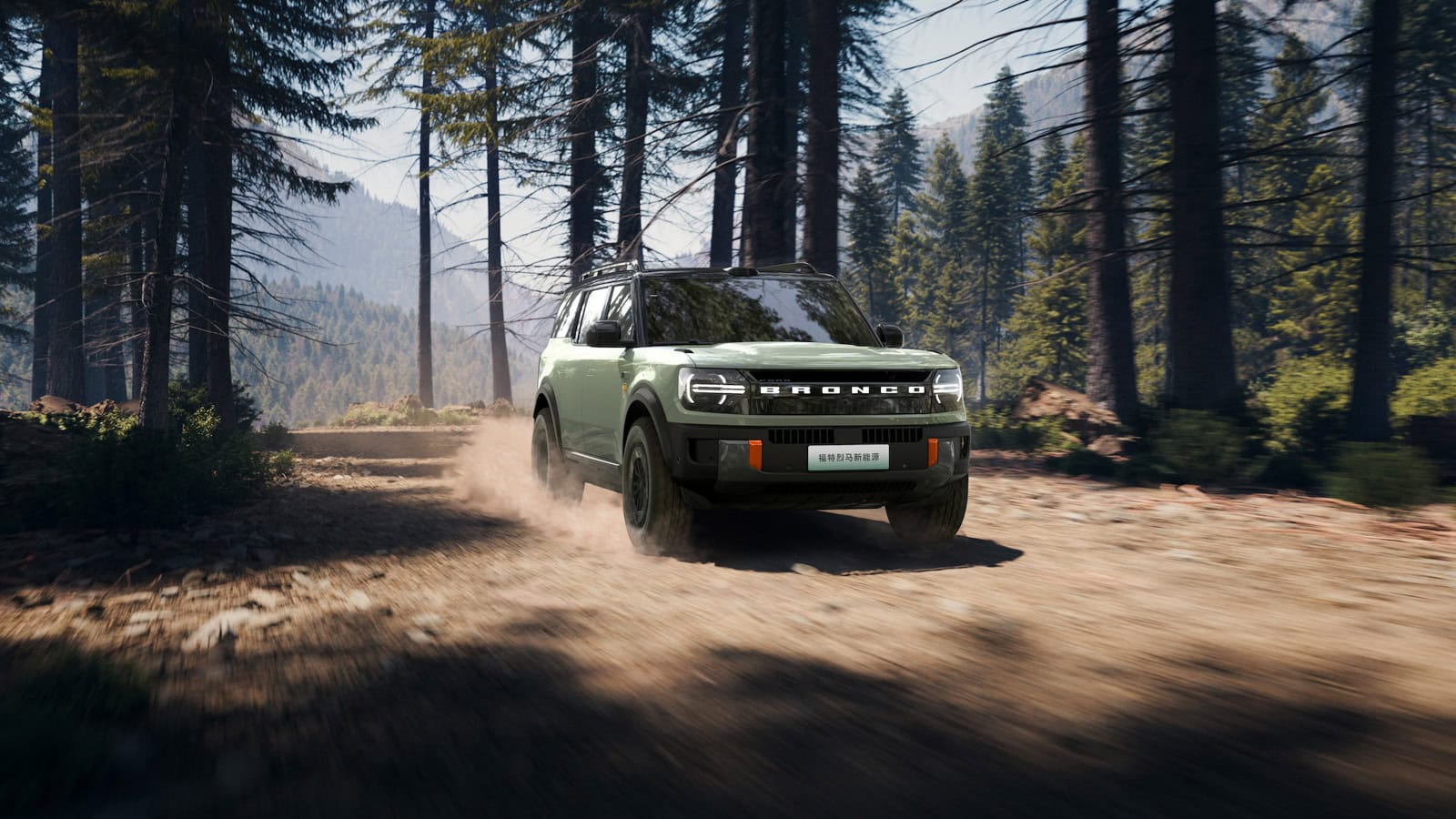
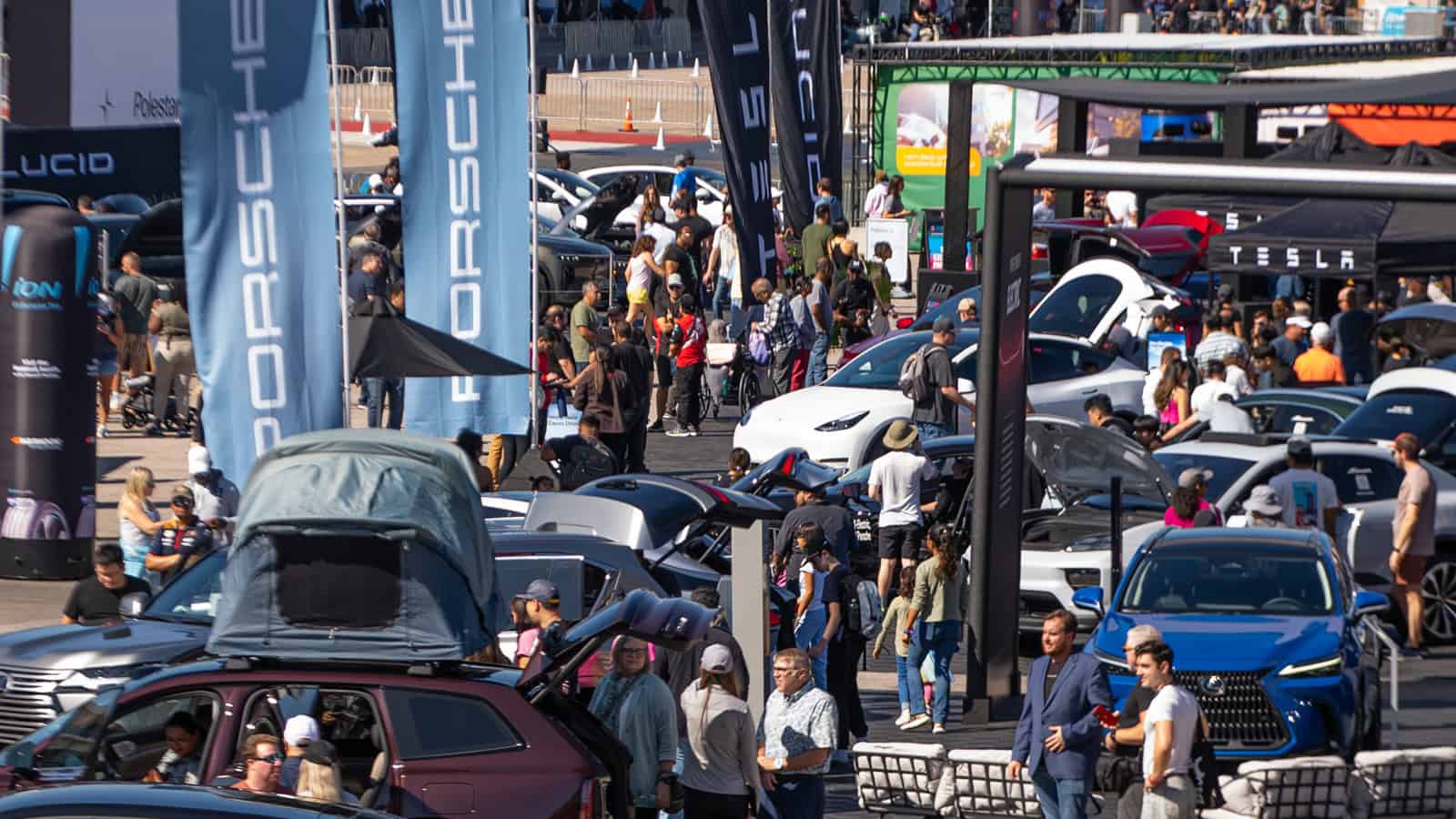
One Response